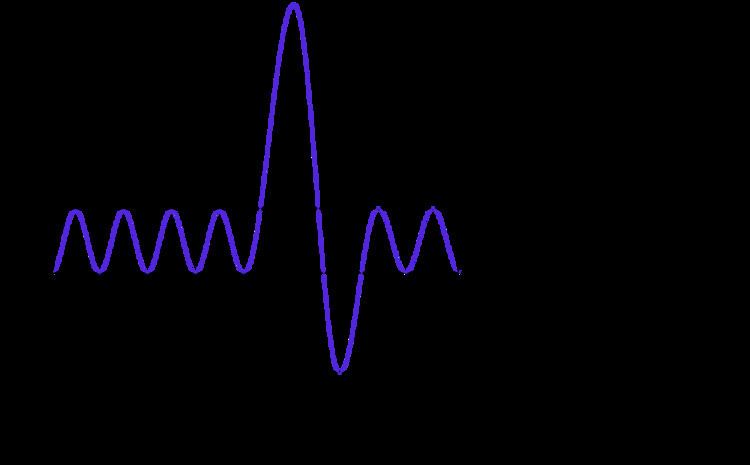 | ||
Functional Residual Capacity (FRC) is the volume of air present in the lungs at the end of passive expiration. At FRC, the opposing elastic recoil forces of the lungs and chest wall are in equilibrium and there is no exertion by the diaphragm or other respiratory muscles.
FRC is the sum of Expiratory Reserve Volume (ERV) and Residual Volume (RV) and measures approximately 2400 mL in an 80 kg, average-sized male. It cannot be estimated through spirometry, since it includes the residual volume. In order to measure RV precisely, one would need to perform a test such as nitrogen washout, helium dilution or body plethysmography.
A lowered or elevated FRC is often an indication of some form of respiratory disease. For instance, in emphysema, FRC is increased, because the lungs are more compliant and the equilibrium between the inward recoil of the lungs and outward recoil of the chest wall is disturbed. As such, patients with emphysema often have noticeably broader chests due to the relatively unopposed outward recoil of the chest wall. Total lung capacity also increases, largely as a result of increased functional residual capacity. In healthy humans, FRC changes with body posture. Obese patients will have a lower FRC in the supine position due to the added tissue weight opposing the outward recoil of the chest wall.
The helium dilution technique and pulmonary plethysmograph are two common ways of measuring the functional residual capacity of the lungs.
The predicted value of FRC was measured for large populations and published in several references. FRC was found to vary by a patient's age, height, and sex. An online calculator exists that will calculate FRC for a patient using these references.
